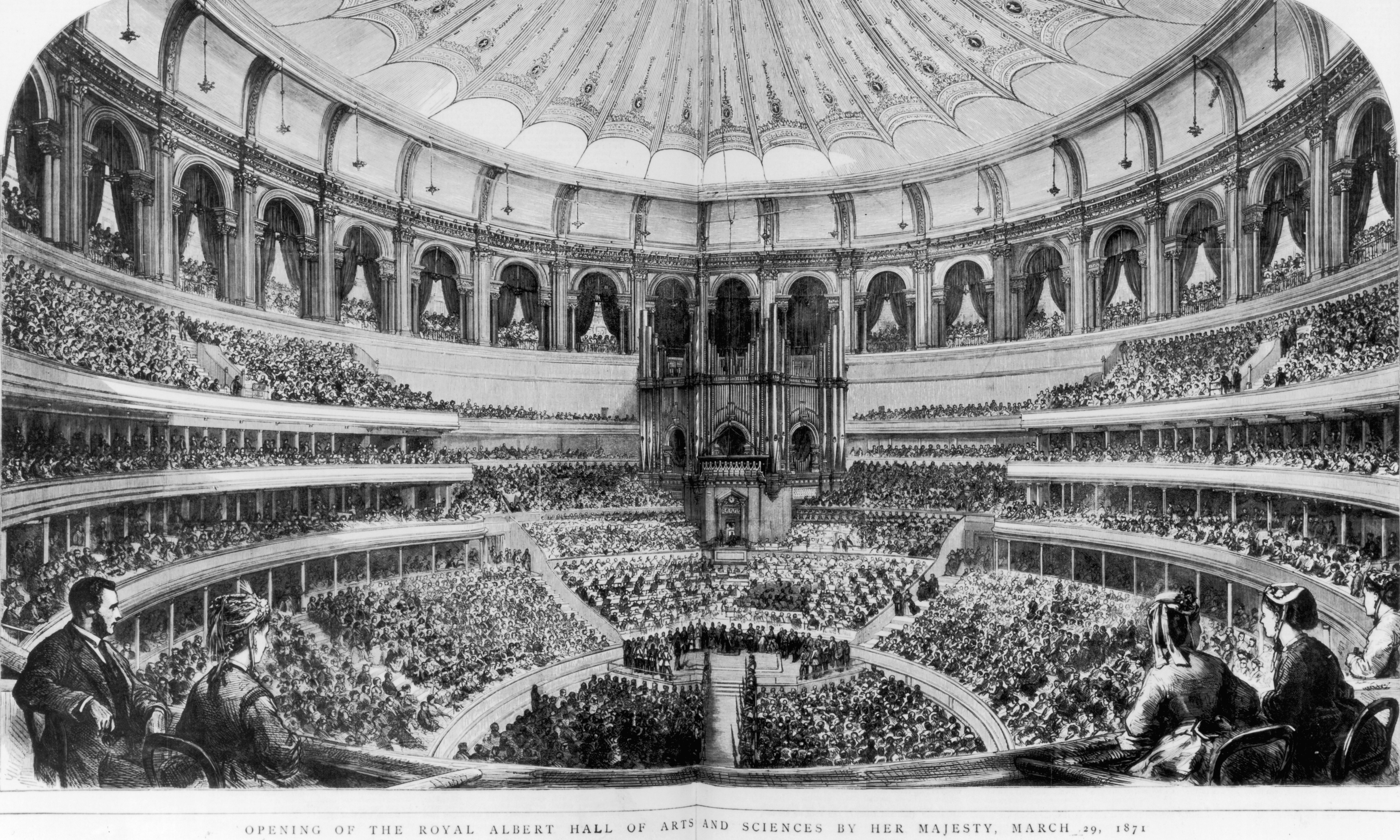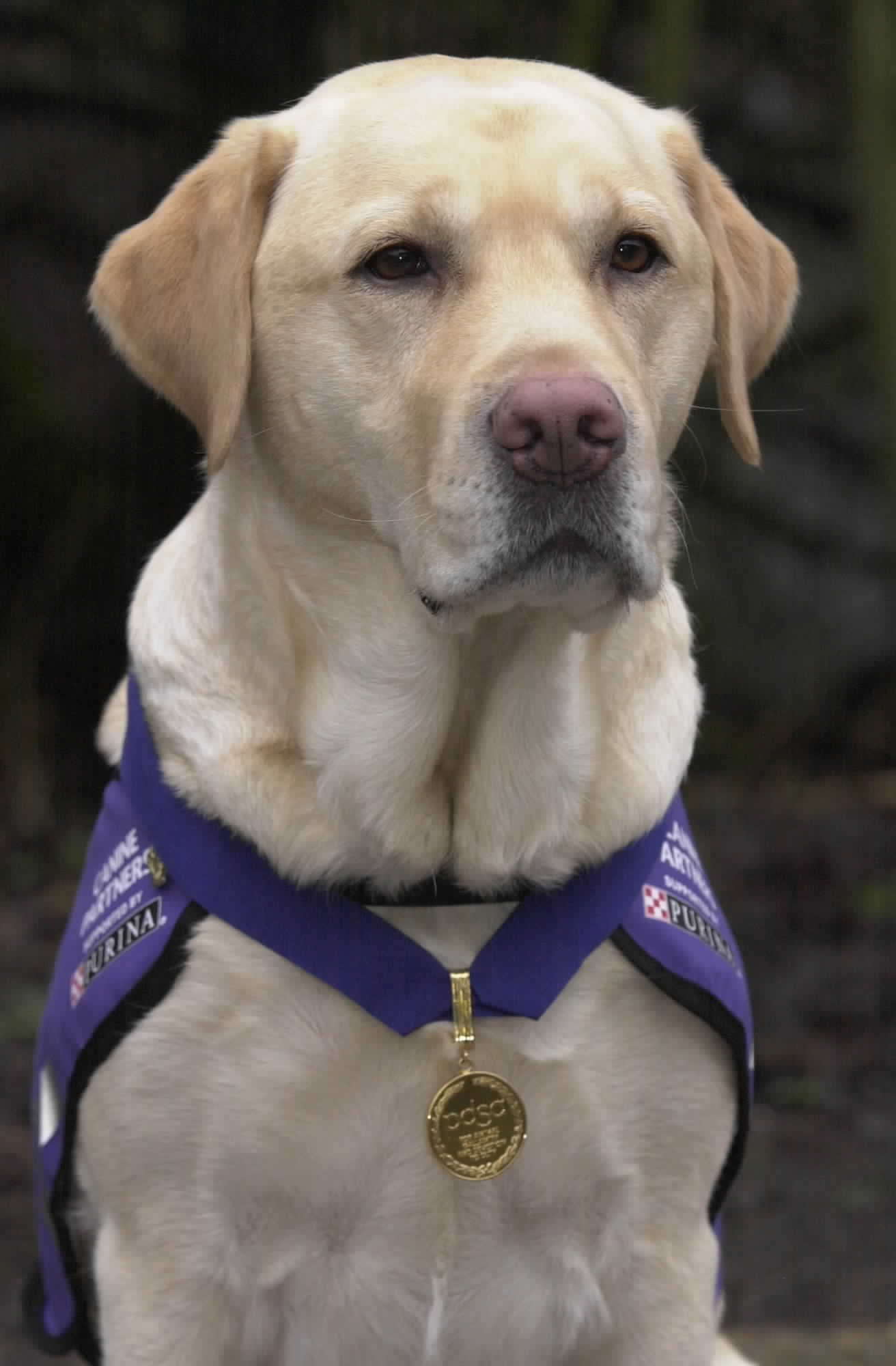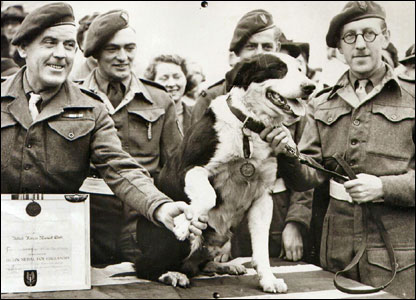|
People's Dispensary For Sick Animals
The People's Dispensary for Sick Animals (PDSA) is the UK's leading veterinary Charitable organization, charity, carrying out more than one million free veterinary consultations a year. It was founded in 1917 by Maria Dickin to provide care for sick and injured animals of the poor. Until 2009, PDSA was the largest private employer of fully qualified veterinary surgeons and Paraveterinary workers, veterinary nurses in the UK. Use of the PDSA's services are restricted to those within their catchment area. Foundation and development During World War I, animal-welfare pioneer Maria Dickin opened a clinic in Whitechapel, London to improve the dreadful state of animal health in the area. She wanted a clinic where East Enders living in poverty could receive free treatment for their sick and injured animals. Despite widespread skepticism, she opened her free "dispensary" in a basement on 17 November 1917. She hung a sign by the door that read: "Bring your sick animals! Do not let th ... [...More Info...] [...Related Items...] OR: [Wikipedia] [Google] [Baidu] |
Maria Dickin
Maria Elisabeth Dickin CBE (nickname Mia; 22 September 1870 – 1 March 1951) was a social reformer and an animal welfare pioneer who founded the People's Dispensary for Sick Animals (PDSA) in 1917. The Dickin Medal is named for her. Early life Maria Dickin was born in 1870 in South Hackney, Middlesex (now in the London Borough of Hackney, the oldest of eight children born to William George Dickin, a Wesleyan minister, and Ellen Maria Exell Dickin. Career Dickin taught singing as a young woman, and in 1905 compiled and published ''Suggestive Thoughts from the Temple'' (1905), a collection of sayings by London minister Reginald John Campbell. She founded the People's Dispensary for Sick Animals (PDSA) in 1917, in a cellar in Whitechapel. The sign on the door reflected Dickin's intent, to provide humane veterinary care to pets whose owners could not otherwise afford it: "Bring your sick animals/Do not let them suffer/All animals treated/All treatment free". In 1921, she add ... [...More Info...] [...Related Items...] OR: [Wikipedia] [Google] [Baidu] |
Royal Albert Hall
The Royal Albert Hall is a concert hall on the northern edge of South Kensington, London, England. It has a seating capacity of 5,272. Since the hall's opening by Queen Victoria in 1871, the world's leading artists from many performance genres have appeared on its stage. It is the venue for the BBC Proms concerts, which have been held there every summer since 1941. It is host to more than 390 shows in the main auditorium annually, including classical, rock and pop concerts, ballet, opera, film screenings with live orchestral accompaniment, sports, awards ceremonies, school and community events, and charity performances and banquets. A further 400 events are held each year in the non-auditorium spaces. Over its 153-year history, the hall has hosted people from various fields, including meetings held by suffragettes, speeches from Winston Churchill, Charles de Gaulle, and Albert Einstein, fights by Lennox Lewis, exhibition bouts by Muhammad Ali, and concerts from regular performer ... [...More Info...] [...Related Items...] OR: [Wikipedia] [Google] [Baidu] |
English Springer Spaniel
The English Springer Spaniel is a breed of gun dog in the Spaniel group traditionally used for flushing and retrieving game. They are descended from the Norfolk or Shropshire Spaniels of the mid-19th century; the breed has diverged into separate show and working lines. It is closely related to the Welsh Springer Spaniel and very closely to the English Cocker Spaniel; less than a century ago, springers and cockers would come from the same litter. The smaller "cockers" were used in woodcock hunting while their larger littermates were used to flush, or "spring", other game birds. In 1902, The Kennel Club recognized the English Springer Spaniel as a distinct breed. They are used as sniffer dogs on a widespread basis. Description The English Springer Spaniel is a medium-sized compact dog. Its coat is moderately long with feathering on the legs and tail. It is a well proportioned, balanced dog with a gentle expression. This breed represents perhaps the greatest divergence bet ... [...More Info...] [...Related Items...] OR: [Wikipedia] [Google] [Baidu] |
Police Horse
Mounted police are police who patrol on horseback or camelback. Their day-to-day function is typically picturesque or ceremonial, but they are also employed in crowd control because of their mobile mass and height advantage and increasingly in the UK for crime prevention and high visibility policing roles. The added height and visibility that the horses give their riders allows officers to observe a wider area, and it also allows people in the wider area to see the officers, which helps deter crime and helps people find officers when they need them. When employed for crowd control, there is a risk that some people may be trampled (resulting in injuries or death). The officer riding the horse might or might not be held legally responsible for injuries depending upon the totality of the circumstances. Mounted police may be employed for specialized duties ranging from patrol of parks and wilderness areas, where police cars would be impractical or noisy, to riot duty, where the h ... [...More Info...] [...Related Items...] OR: [Wikipedia] [Google] [Baidu] |
Order Of The British Empire
The Most Excellent Order of the British Empire is a British order of chivalry, rewarding valuable service in a wide range of useful activities. It comprises five classes of awards across both civil and military divisions, the most senior two of which make the recipient either a Orders, decorations, and medals of the United Kingdom#Modern honours, knight if male or a dame (title), dame if female. There is also the related British Empire Medal, whose recipients are affiliated with the order, but are not members of it. The order was established on 4 June 1917 by King George V, who created the order to recognise 'such persons, male or female, as may have rendered or shall hereafter render important services to Our Empire'. Equal recognition was to be given for services rendered in the UK and overseas. Today, the majority of recipients are UK citizens, though a number of Commonwealth realms outside the UK continue to make appointments to the order. Honorary awards may be made to cit ... [...More Info...] [...Related Items...] OR: [Wikipedia] [Google] [Baidu] |
George Cross
The George Cross (GC) is the highest award bestowed by the British government for non-operational Courage, gallantry or gallantry not in the presence of an enemy. In the British honours system, the George Cross, since its introduction in 1940, has been equal in stature to the Victoria Cross, the highest military award for valour. It is awarded "for acts of the greatest heroism or for most conspicuous courage in circumstance of extreme danger", not in the presence of the enemy, to members of the British Armed Forces and to British civilians. Posthumous awards have been allowed since it was instituted. It was previously awarded to residents of Commonwealth of Nations, Commonwealth countries (and in one case George Cross (Malta), to Malta, a colony that subsequently became a Commonwealth country), most of which have since established their own honours systems and no longer recommend British honours. It may be awarded to a person of any military rank in any service and to civilians ... [...More Info...] [...Related Items...] OR: [Wikipedia] [Google] [Baidu] |
PDSA Gold Medal
__NOTOC__ The PDSA Gold Medal is an animal bravery award that acknowledges the bravery and devotion to duty of animals. It was created by the People's Dispensary for Sick Animals (PDSA) in 2001, and is now recognised as the animal equivalent of the George Cross. The Gold Medal is considered as the civilian equivalent to PDSA's Dickin Medal for military animals. An animal can be awarded the PDSA Gold Medal if it assists in saving human or non-human life when its own life is in danger or through exceptional devotion to duty. The medal can also be awarded to animals in public service, such as police or rescue dogs, if the animal dies or suffers serious injury while carrying out its official duties in the face of armed and violent opposition. The first ceremony, in November 2002, saw the Gold medal awarded to three dogs, including Endal, an assistance dog whose actions helped to save the life of his disabled owner. , the PDSA Gold Medal has been awarded to 31 different animals. A ... [...More Info...] [...Related Items...] OR: [Wikipedia] [Google] [Baidu] |
Victoria Cross
The Victoria Cross (VC) is the highest and most prestigious decoration of the Orders, decorations, and medals of the United Kingdom, British decorations system. It is awarded for valour "in the presence of the enemy" to members of the British Armed Forces and may be awarded posthumously. It was previously awarded to service personnel in the broader British Empire (later Commonwealth of Nations), with most successor independent nations now having established their own honours systems and no longer recommending British honours. It may be awarded to a person of any military rank in any service and to civilians under military command. No civilian has received the award since 1879. Since the first awards were presented by Queen Victoria in 1857, two thirds of all awards have been personally presented by the Monarchy of the United Kingdom, British monarch. The investitures are usually held at Buckingham Palace. The VC was introduced on 29 January 1856 by Queen Victoria to honour acts ... [...More Info...] [...Related Items...] OR: [Wikipedia] [Google] [Baidu] |
Dickin Medal
The PDSA Dickin Medal was instituted in 1943 in the United Kingdom by Maria Dickin to honour the work of animals in World War II. It is a bronze medallion, bearing the words "For Gallantry" and "We Also Serve" within a laurel wreath, carried on a ribbon of striped green, dark brown, and pale blue. It is awarded to animals that have displayed "conspicuous gallantry or devotion to duty while serving or associated with any branch of the Armed Forces or Civil Defence Units". The award is commonly referred to as "the animals' Victoria Cross". Maria Dickin was the founder of the People's Dispensary for Sick Animals (PDSA), a British veterinary charity. She established the award for any animal displaying conspicuous gallantry and devotion to duty whilst serving with British Empire armed forces or civil emergency services. The medal was awarded 54 times between 1943 and 1949 – to 32 pigeons, 18 dogs, 3 horses, and a ship's cat – to acknowledge actions of gallantry or devotio ... [...More Info...] [...Related Items...] OR: [Wikipedia] [Google] [Baidu] |
4 & 5 Eliz
4 (four) is a number, numeral (linguistics), numeral and numerical digit, digit. It is the natural number following 3 and preceding 5. It is a square number, the smallest semiprime and composite number, and is tetraphobia, considered unlucky in many East Asian cultures. Evolution of the Hindu-Arabic digit Brahmic numerals represented 1, 2, and 3 with as many lines. 4 was simplified by joining its four lines into a cross that looks like the modern plus sign. The Shunga Empire, Shunga would add a horizontal line on top of the digit, and the Northern Satraps, Kshatrapa and Pallava dynasty, Pallava evolved the digit to a point where the speed of writing was a secondary concern. The Arabs' 4 still had the early concept of the cross, but for the sake of efficiency, was made in one stroke by connecting the "western" end to the "northern" end; the "eastern" end was finished off with a curve. The Europeans dropped the finishing curve and gradually made the digit less cursive, endi ... [...More Info...] [...Related Items...] OR: [Wikipedia] [Google] [Baidu] |
12, 13 & 14 Geo
1 (one, unit, unity) is a number, Numeral (linguistics), numeral, and glyph. It is the first and smallest Positive number, positive integer of the infinite sequence of natural numbers. This fundamental property has led to its unique uses in other fields, ranging from science to sports, where it commonly denotes the first, leading, or top thing in a group. 1 is the unit (measurement), unit of counting or measurement, a determiner for singular nouns, and a gender-neutral pronoun. Historically, the representation of 1 evolved from ancient Sumerian and Babylonian symbols to the modern Arabic numeral. In mathematics, 1 is the multiplicative identity, meaning that any number multiplied by 1 equals the same number. 1 is by convention not considered a prime number. In Digital electronics, digital technology, 1 represents the "on" state in binary code, the foundation of computing. Philosophically, 1 symbolizes the ultimate reality or source of existence in various traditions. In math ... [...More Info...] [...Related Items...] OR: [Wikipedia] [Google] [Baidu] |





